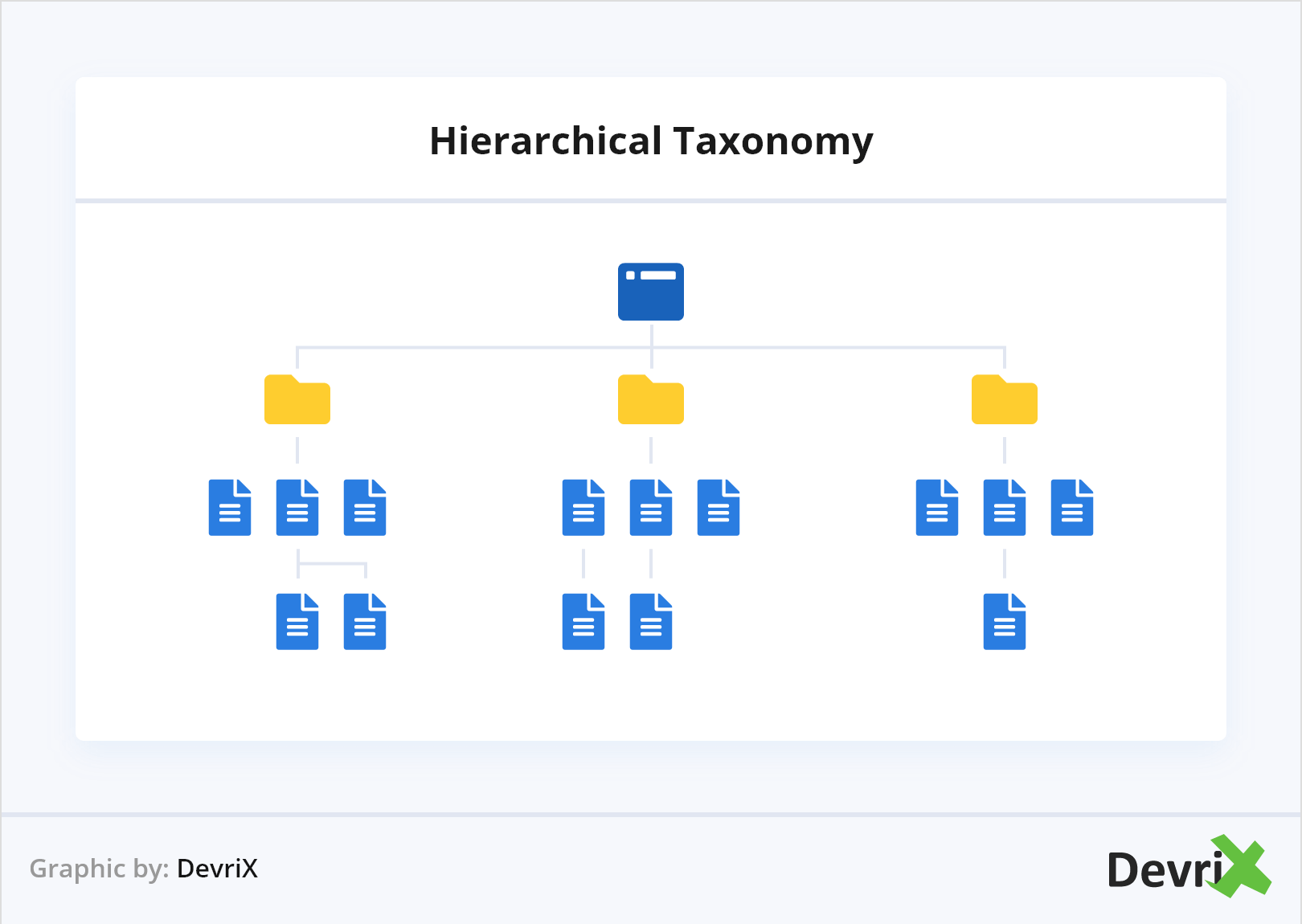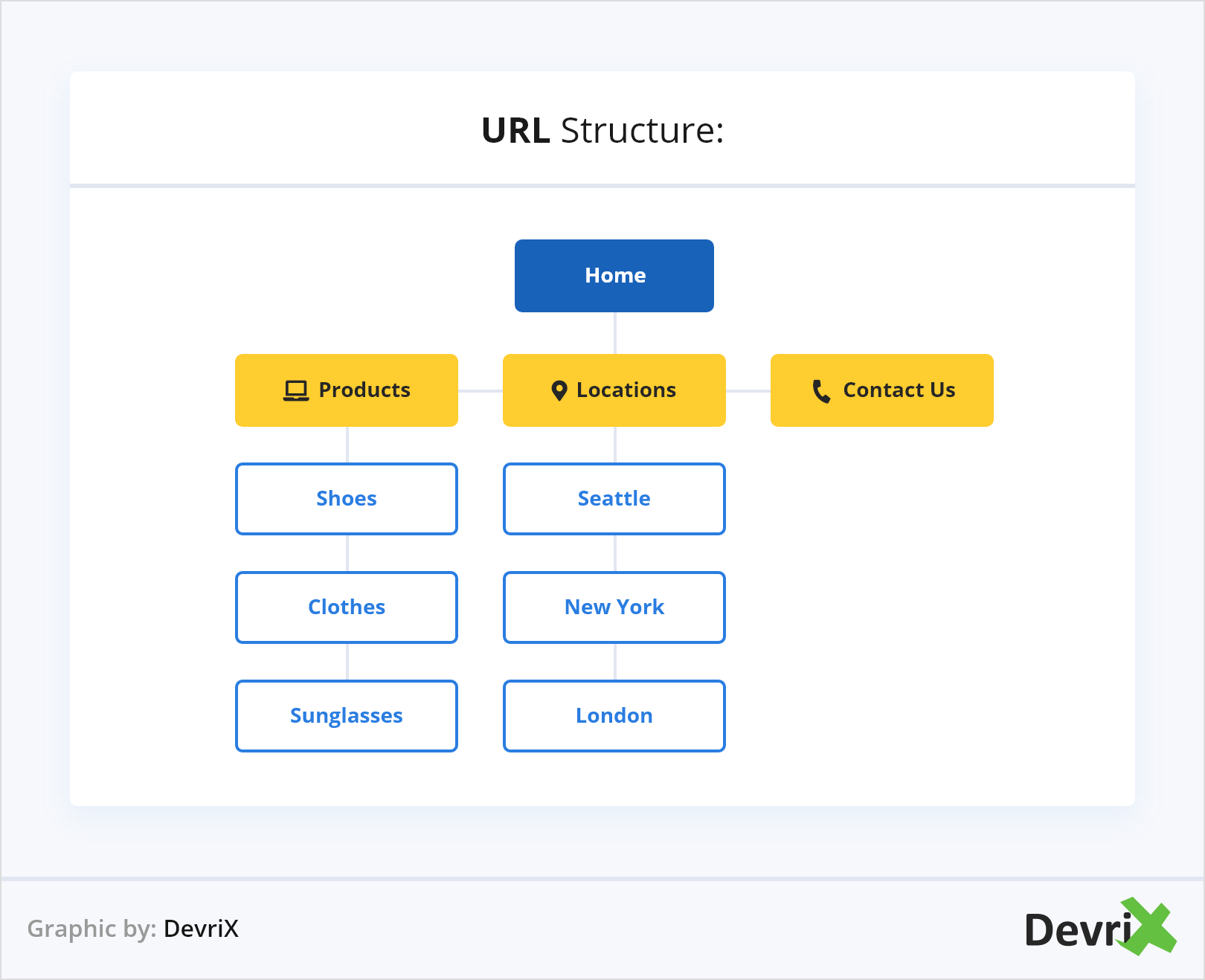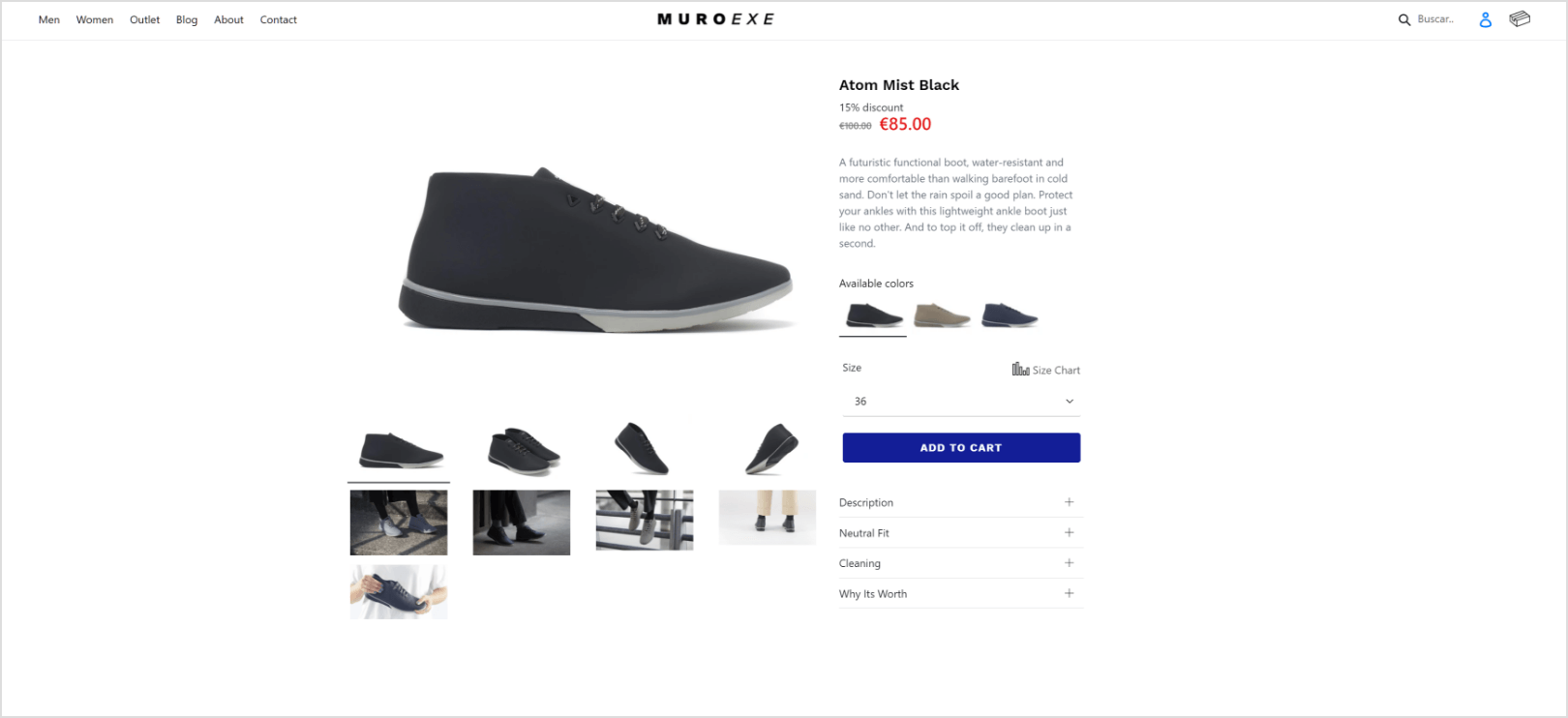Building your own website and finally starting the business that you’ve been planning is one thing, but keeping it organized is a different story. It can help with increasing your sales, getting new leads, and keeping your customers returning.
In the eCommerce world, the so-called taxonomy is used for eCommerce optimization and classification of the products on a website. It assists customers in finding items and helps your website rank higher in search. This is the reason why most eCommerce websites organize their products in different categories.
There are two ways you can arrange your products when it comes to taxonomy. The hierarchical method is the most popular as it breaks down the products into main and subcategories. For example, if you have a category about women’s clothes, then you can put a subcategory where women’s jackets, blouses, skirts, etc. can be found.

Creating subcategories is a great way to organize your products so your website visitors won’t be confused when browsing at them.
The subcategories make the website look clean, crisp, and properly organized.
The flat taxonomy is used by websites that don’t have many products to offer. Every classification is given equal importance, and categories usually don’t contain subcategories. This is popular in niche eCommerce websites, as they only have a few products to promote on their site.
But a proper taxonomy is not good enough to attract visitors and make them purchase from your brand.
Here are some tips on how to keep your eCommerce business organized and improve the experience of your online store.
Review and Update Your Images
Outdated images make your eCommerce website look unappealing, unreliable, and disorganized. Make it a point to review your website’s images every once in a while and update them accordingly. Get rid of product visuals that you do not offer anymore, and eliminate extra photos that slow down your website.
Do an inventory of your images and update them accordingly. You can do manual audits and checks, but this can take way too much of your time. If you want to speed it up, consider optimizing the process using tools or other solutions.
When designing your website, you should carefully decide where to put graphics on the product pages, so they make your website look organized and friendly. Keep them aligned with the supporting text so your viewers will enjoy a rich experience on your site.
Create a Smart Product Hierarchy
Take a look at your eCommerce site and draw an outline or sketch of it to build the right product hierarchy for your needs. Put “Homepage” on the top of the sketch, and then write the categories below it.
When working on your website structure you’d have to keep in mind that it has an impact on your SEO, so you have to do it right.
Here are a few quick tips on how you can properly create a smart product hierarchy for your eCommerce website:
- Follow up with a matching URL structure. Having a good URL structure will not only help you create a well-developed and organized site, but it can also improve your SEO. For example, you can structure your pages by main categories, subcategories, and following a certain logic that is most intuitive:

- Put new items and best-selling products on the Homepage. This will make it easier for website visitors to find your brand’s top products and new items. It’s great to grab the user’s attention and take them one step closer to the conversion.
- Remove or simplify your header. The main header on your page should be very simple and easy to navigate. It should contain all the main categories where you want their attention to be directed. You can set the subcategories to appear on a click or when hover, to avoid distractions.
- Keep the categorization simple and clear. Your subcategories should not be deeply buried in each category, as this can make your site look disorganized and chaotic. It can also turn your buyers off, so make sure to use shallow depth navigation when trying to structure your website’s hierarchy.
Use Slideshows and Videos
Videos and slideshows are informative and a great way to show off your products and services to your customers. Create explainer videos with supporting text to enhance the SEO on your site. You can include a few lines and paragraphs for each product description, but make sure not to make it too long or it might make your website look cluttered.
For example, have you ever found a product and went straight to YouTube to look for videos about it? If your eCommerce website already has videos that can help people decide whether they want to buy a product or not, then they wouldn’t have to leave the site to look for explainer videos and product reviews.
Slideshows are also a great way to show how products can solve your customers’ pain points without having to sacrifice your website’s aesthetics.
Use Product Tags
Product tags are used to help marketers and business owners organize and track their products online. In fact, these are additional related keywords and phrases that are associated with the main keywords. They give you the opportunity to capture more users by matching their queries with specific results. It’s beneficial to eCommerce stores as it can lead to higher conversion rates, better website traffic, and attracting new leads.
Here are a few ways you can implement product tags on your eCommerce site:
- Use your customers’ language. Look for the commonalities in the searches your clients are using and use those with the products that you offer. Using the simplest keywords can help improve your rankings and keep your images well-organized. Additionally, this will also keep your audience engaged and encourage them to stay on the website longer.
- Include the product name and information. Include the actual product name and some brief information about your product so it can easily be found by both you and your buyers. Don’t make the description too long and just include the most relevant keywords.
- Add a barcode. Adding barcodes make it easier to track products throughout the supply chain. This will make inventory easier for you, too.
- Make use of SKUs and Prices. These things are optional, but if you want to make things easier for your manufacturing, warehousing, and customer service teams, then adding the prices and SKUs of your products can be of great help.
Keep a Healthy Balance Between the Visuals and the Text
High-quality and beautiful pictures can easily catch people’s attention. Text can be useful to describe your products in perfect detail, plus, it helps with improving your SEO. It can also be used to help your website rank higher in search engines such as Google, Yahoo, and Bing.
Here is an example from Esqido, a niche website that offers mink eyelashes:
Muroexe, a Madrid-based eCommerce website, executes this perfectly. This screenshot of one of their products says it all: a clear and simple photo of the product, a short description that highlights the benefits of buying and using the item, and a short list of what the product is made of.
Spreadsheets Are a Must
Create a spreadsheet for when you need to make an inventory of your products. This helps you organize not only your eCommerce website but your warehouse as well. Poor inventory practices can negatively affect your return on investment and overall sales. Check this inventory spreadsheet from Sheetgo to start the process.
Here are a few tips to follow when it comes to inventory management for your eCommerce website:
- Understand that the demand for your products can fluctuate over time. Track how your customers are buying your products and which ones are selling fast. This will give you an idea of which products you should stock on and which ones you should avoid piling up in your warehouse.
- Forecast your products’ future demands by taking a peek at your past sales and the seasonal demands.
- Use inventory management software to track your stocks. Just as we mentioned, you can use a spreadsheet for this, but you also have the option to use the former.
Go for Mobile Optimization
If your eCommerce website is not yet optimized on mobile and other devices, then you should work on this as soon as possible. A huge percentage of people who browse and shop online do so on their smartphones and tablets. Having an eCommerce website that’s not mobile-friendly will turn your customers off, as this will make your site look messy and disorganized.
Optimizing your eCommerce website will help make your website look cleaner and clearer.
Conclusion
Keeping your eCommerce website organized does not stop at simply implementing the above changes. You have to continually monitor how your website is doing and make any adjustments needed.
Remember that your clients’ needs change constantly, and so should your site. Regularly auditing your pages and making them a priority will keep your eCommerce website organized so that customers and sales will keep coming in.



